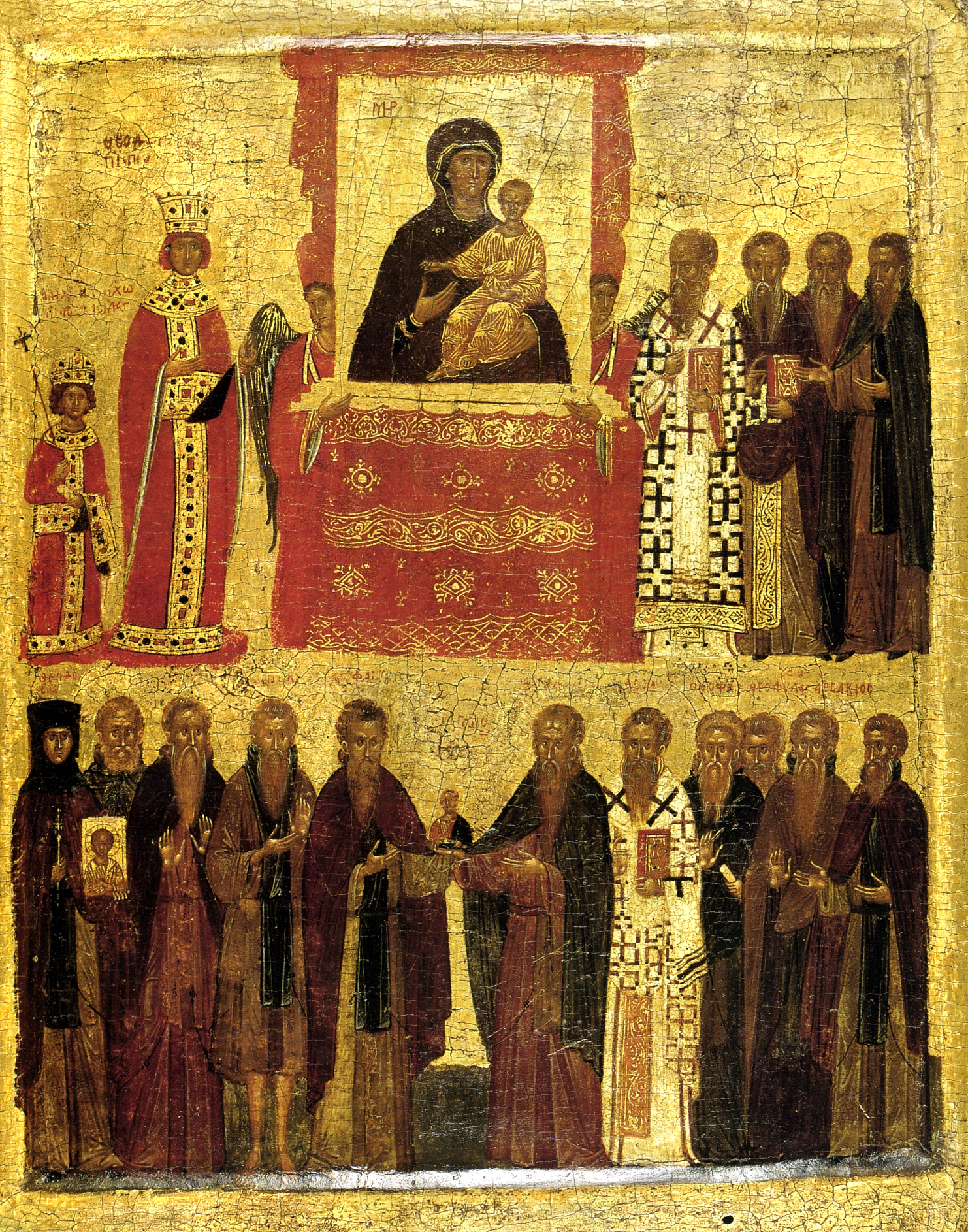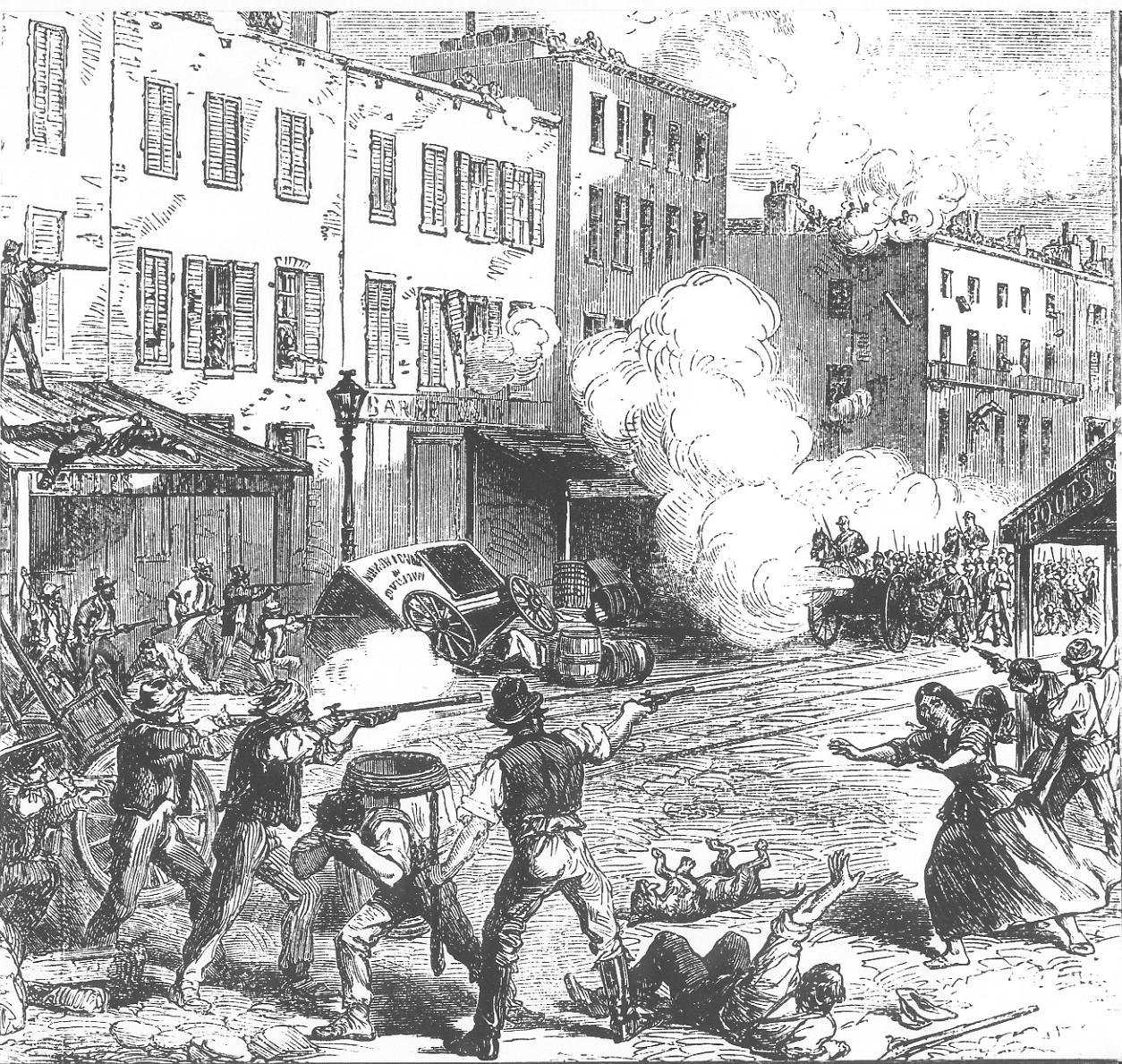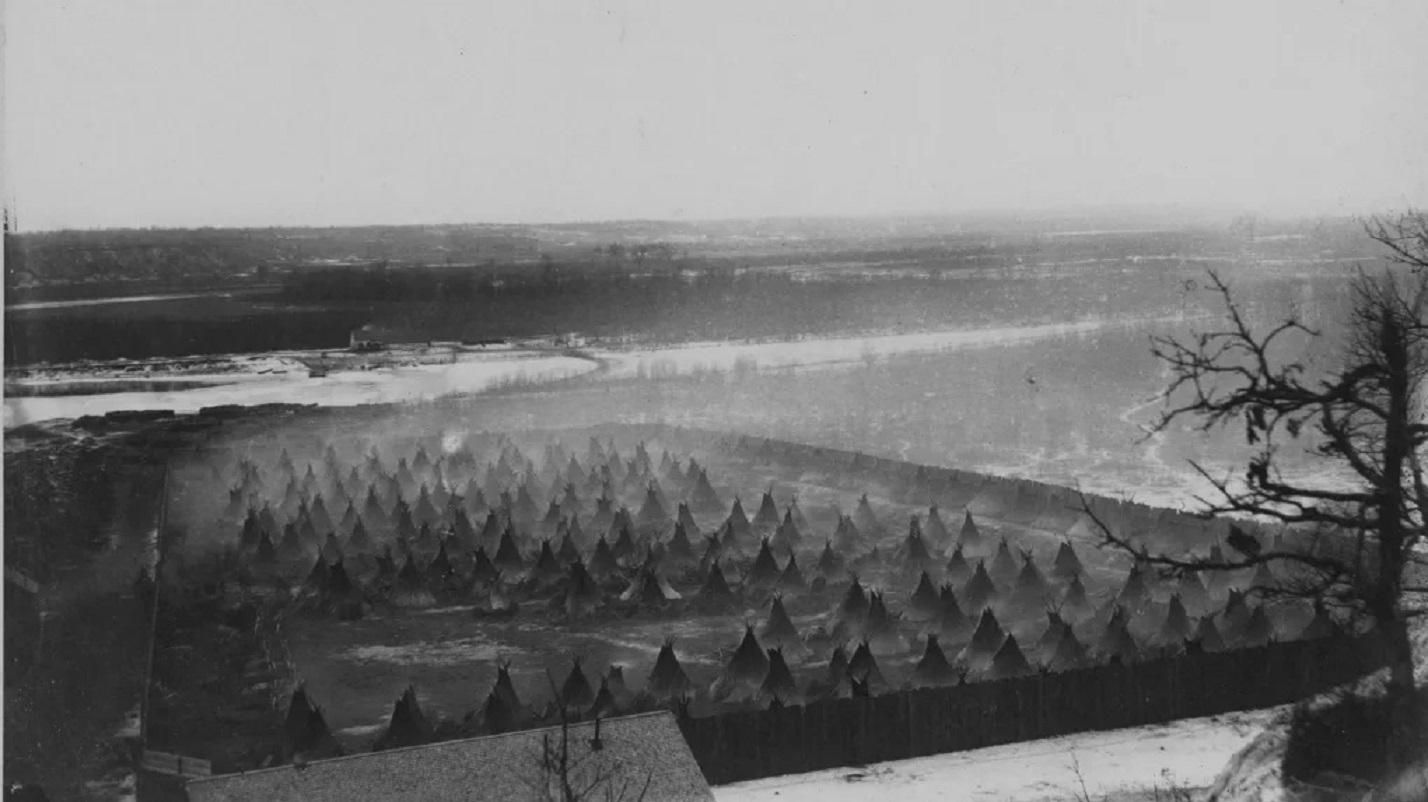|
Nonpartisan League
The Nonpartisan League (NPL) was a left-wing political party founded in 1915 in North Dakota by Arthur C. Townley, a former organizer for the Socialist Party of America. On behalf of small farmers and merchants, the Nonpartisan League advocated state control of mills, grain elevators, banks, and other farm-related industries in order to reduce the power of corporate and political interests from Minneapolis and Chicago. The League adopted the goat as a mascot; it was known as "The Goat that Can't be Got". History By the 1910s, the growth of left-wing sympathies was on the rise in North Dakota. The Socialist Party of North Dakota had considerable success. They brought in many outside speakers, including Eugene V. Debs, who spoke at a large antiwar rally at Garrison in 1915. By 1912, there were 175 Socialist politicians in the state. Rugby and Hillsboro elected Socialist mayors. The party had also established a weekly newspaper, the '' Iconoclast'', in Minot. In 1914, Ar ... [...More Info...] [...Related Items...] OR: [Wikipedia] [Google] [Baidu] |
Arthur C
Arthur is a masculine given name of uncertain etymology. Its popularity derives from it being the name of the legendary hero King Arthur. A common spelling variant used in many Slavic, Romance, and Germanic languages is Artur. In Spanish and Italian it is Arturo. Etymology The earliest attestation of the name Arthur is in the early 9th century Welsh-Latin text '' Historia Brittonum'', where it refers to a circa 5th century Romano-British general who fought against the invading Saxons, and who later gave rise to the famous King Arthur of medieval legend and literature. A possible earlier mention of the same man is to be found in the epic Welsh poem '' Y Gododdin'' by Aneirin, which some scholars assign to the late 6th century, though this is still a matter of debate and the poem only survives in a late 13th century manuscript entitled the Book of Aneirin. A 9th-century Breton landowner named Arthur witnessed several charters collected in the '' Cartulary of Redon''. The Irish ... [...More Info...] [...Related Items...] OR: [Wikipedia] [Google] [Baidu] |
North Dakota Democratic–Nonpartisan League Party
The North Dakota Democratic–Nonpartisan League Party (abbreviated Democratic-NPL or simply D-NPL) is the North Dakota affiliate of the national Democratic Party. It was formed by the 1956 merger of the state Democratic Party with the Nonpartisan League; the state previously had a three-party political system. The D-NPL is one of only two state Democratic Party affiliates to have a different name from the central party, the other being the neighboring Minnesota Democratic–Farmer–Labor Party. The party has very weak power in the state, holding 5 seats in the North Dakota Senate, and 11 seats in the North Dakota House of Representatives. History The North Dakota Democratic–Nonpartisan League Party has roots in the Progressive Era of American history. At the end of the 19th century and beginning of the 20th century, progressives – including lawyers, merchants, editors, and professors – joined both the Republican Party, which had strong control of state politics, as wel ... [...More Info...] [...Related Items...] OR: [Wikipedia] [Google] [Baidu] |
Iconoclast (newspaper)
Iconoclasm ()From . ''Iconoclasm'' may also be considered as a back-formation from ''iconoclast'' (Greek: εἰκοκλάστης). The corresponding Greek word for iconoclasm is εἰκονοκλασία, ''eikonoklasia''. is the social belief in the importance of the destruction of icons and other images or monuments, most frequently for religious or political reasons. People who engage in or support iconoclasm are called iconoclasts, a term that has come to be figuratively applied to any individual who challenges "cherished beliefs or venerated institutions on the grounds that they are erroneous or pernicious." Conversely, one who reveres or venerates religious images is called (by iconoclasts) an ''Iconolatry, iconolater''; in a Byzantine context, such a person is called an ''iconodule'' or ''iconophile.'' Iconoclasm does not generally encompass the destruction of the images of a specific ruler after their death or overthrow, a practice better known as ''damnatio memoriae'' ... [...More Info...] [...Related Items...] OR: [Wikipedia] [Google] [Baidu] |
Hillsboro, North Dakota
Hillsboro is a city in Traill County, North Dakota, Traill County, North Dakota. It is the county seat of Traill County. The population was 1,649 at the 2020 United States census, 2020 census. Hillsboro was founded in 1881. Hillsboro is approximately 10 miles away from the Red River/North Dakota-Minnesota border. Hillsboro sits in the fertile Red River Valley. Local agriculture has dominated the area's economy from the beginning. With its location on Interstate 29 in North Dakota, Interstate 29, halfway between the two metropolitan centers of Greater Grand Forks and Fargo–Moorhead, Hillsboro has seen steady population growth in recent years and has become somewhat of a bedroom community. History The area along the Goose River (North Dakota), Goose River that is now Hillsboro was first settled by Germany, German and Norway, Norwegian settlers around 1870. In 1880, the present day site of Hillsboro was founded under the name "Comstock". Local folklore tells of the residents of ne ... [...More Info...] [...Related Items...] OR: [Wikipedia] [Google] [Baidu] |
Rugby, North Dakota
Rugby is a city in and the county seat of Pierce County, North Dakota, Pierce County, North Dakota, United States. The population was 2,509 at the 2020 United States census, 2020 census, making it the List of cities in North Dakota, 19th largest city in North Dakota. Rugby was founded in 1886. Rugby is often billed as the geographic center of North America. History Rugby was founded in 1886 at a junction on the Great Northern Railway (U.S.), Great Northern Railway, where a branch line to Bottineau, North Dakota, Bottineau met the main line. The railroad promoters initially platted the town as Rugby Junction, getting the name Rugby from the town of Rugby, Warwickshire, Rugby in Warwickshire, England. It was one of several sites along the Great Northern's transcontinental railroad, transcontinental route between Devils Lake, North Dakota, Devils Lake and Minot, North Dakota, Minot that were named after places in England (the others were Berwick, North Dakota, Berwick, Leeds, North ... [...More Info...] [...Related Items...] OR: [Wikipedia] [Google] [Baidu] |
Garrison, North Dakota
Garrison is a city in McLean County, North Dakota, United States. The population was 1,462 at the 2020 census. History Garrison was laid out in 1905 when the Soo Line Railroad was extended to that point. The town took its name from Garrison Creek. A post office has been in operation at Garrison since 1903. Geography According to the United States Census Bureau, the city has a total area of , all land. Climate Demographics 2010 census As of the census of 2010, there were 1,453 people, 654 households, and 378 families living in the city. The population density was . There were 737 housing units at an average density of . The racial makeup of the city was 93.3% White, 0.1% African American, 4.5% Native American, 0.1% Asian, 0.1% from other races, and 2.0% from two or more races. Hispanic or Latino people of any race were 2.1% of the population. There were 654 households, of which 21.6% had children under the age of 18 living with them, 49.2% were married couples livi ... [...More Info...] [...Related Items...] OR: [Wikipedia] [Google] [Baidu] |
Antiwar
An anti-war movement is a social movement in opposition to one or more nations' decision to start or carry on an armed conflict. The term ''anti-war'' can also refer to pacifism, which is the opposition to all use of military force during conflicts, or to anti-war books, paintings, and other works of art. Some activists distinguish between anti-war movements and peace movements. Anti-war activists work through protest and other grassroots means to attempt to pressure a government (or governments) to put an end to a particular war or conflict or to prevent one from arising. History American Revolutionary War Substantial opposition to British war intervention in America led the British House of Commons on 27 February 1783 to vote against further war in America, paving the way for the Second Rockingham ministry and the Peace of Paris. Antebellum United States Substantial antiwar sentiment developed in the United States roughly between the end of the War of 1812 and the ... [...More Info...] [...Related Items...] OR: [Wikipedia] [Google] [Baidu] |
Eugene V
Eugene may refer to: People and fictional characters * Eugene (given name), including a list of people and fictional characters with the given name * Gene Eugene, stage name of Canadian born actor, record producer, engineer, composer and musician Gene Andrusco (1961–2000) * Eugene (wrestler), professional wrestler Nick Dinsmore * Eugene (actress) (born 1981), Kim Yoo-jin, South Korean actress and former member of the singing group S.E.S. Places Canada * Mount Eugene, in Nunavut; the highest mountain of the United States Range on Ellesmere Island United States * Eugene, Oregon Eugene ( ) is a city in and the county seat of Lane County, Oregon, United States. It is located at the southern end of the Willamette Valley, near the confluence of the McKenzie River (Oregon), McKenzie and Willamette River, Willamette rivers, ..., a city ** Eugene, OR Metropolitan Statistical Area ** Eugene (Amtrak station) * Eugene Apartments, NRHP-listed apartment complex in Port ... [...More Info...] [...Related Items...] OR: [Wikipedia] [Google] [Baidu] |
The Nonpartisan Leader Cover 1919-11-17
''The'' is a grammatical article in English, denoting nouns that are already or about to be mentioned, under discussion, implied or otherwise presumed familiar to listeners, readers, or speakers. It is the definite article in English. ''The'' is the most frequently used word in the English language; studies and analyses of texts have found it to account for seven percent of all printed English-language words. It is derived from gendered articles in Old English which combined in Middle English and now has a single form used with nouns of any gender. The word can be used with both singular and plural nouns, and with a noun that starts with any letter. This is different from many other languages, which have different forms of the definite article for different genders or numbers. Pronunciation In most dialects, "the" is pronounced as (with the voiced dental fricative followed by a schwa) when followed by a consonant sound, and as (homophone of the archaic pronoun ''thee'' ... [...More Info...] [...Related Items...] OR: [Wikipedia] [Google] [Baidu] |
University Of Illinois Press
The University of Illinois Press (UIP) is an American university press and is part of the University of Illinois System. Founded in 1918, the press publishes some 120 new books each year, thirty-three scholarly journals, and several electronic projects. Strengths include ethnic and multicultural studies, Lincoln and Illinois history, and the large and diverse series ''Music in American Life.'' See also * List of English-language book publishing companies * List of university presses * Journals published by University of Illinois Press References External links * 1918 establishments in Illinois Book publishing companies based in Illinois Publishing companies established in 1918 Press Illinois {{Illinois-university-stub ... [...More Info...] [...Related Items...] OR: [Wikipedia] [Google] [Baidu] |
Chicago
Chicago is the List of municipalities in Illinois, most populous city in the U.S. state of Illinois and in the Midwestern United States. With a population of 2,746,388, as of the 2020 United States census, 2020 census, it is the List of United States cities by population, third-most populous city in the United States after New York City and Los Angeles. As the county seat, seat of Cook County, Illinois, Cook County, the List of the most populous counties in the United States, second-most populous county in the U.S., Chicago is the center of the Chicago metropolitan area, often colloquially called "Chicagoland" and home to 9.6 million residents. Located on the shore of Lake Michigan, Chicago was incorporated as a city in 1837 near a Chicago Portage, portage between the Great Lakes and the Mississippi River, Mississippi River watershed. It grew rapidly in the mid-19th century. In 1871, the Great Chicago Fire destroyed several square miles and left more than 100,000 homeless, but ... [...More Info...] [...Related Items...] OR: [Wikipedia] [Google] [Baidu] |
Minneapolis
Minneapolis is a city in Hennepin County, Minnesota, United States, and its county seat. With a population of 429,954 as of the 2020 United States census, 2020 census, it is the state's List of cities in Minnesota, most populous city. Located in the state's center near the eastern border, it occupies both banks of the Upper Mississippi River and adjoins Saint Paul, Minnesota, Saint Paul, the state capital of Minnesota. Minneapolis, Saint Paul, and the surrounding area are collectively known as the Minneapolis–Saint Paul, Twin Cities, a metropolitan area with 3.69 million residents. Minneapolis is built on an artesian aquifer on flat terrain and is known for cold, snowy winters and hot, humid summers. Nicknamed the "City of Lakes", Minneapolis is abundant in water, with list of lakes in Minneapolis, thirteen lakes, wetlands, the Mississippi River, creeks, and waterfalls. The city's public park system is connected by the Grand Rounds National Scenic Byway. Dakota people orig ... [...More Info...] [...Related Items...] OR: [Wikipedia] [Google] [Baidu] |





